Tourism brings environmental challenge in Albania
It was not so long ago that Albania remained off the route for tourists vacationing on the Adriatic coast.
Monday, 25.06.2007.
10:06

Tourism brings environmental challenge in Albania
Albania, they discover, is a land of unexpected beauty, breathtaking mountains and a stunning 362 km coast. It is a country also with a discreet aroma of a recent and secretive past. Albania emerged from decades of self-isolation only 17 years ago."It is the taste of the unknown they usually have in mind when planning the visit," tourist guide Argon Ghuri told IPS, pointing at a group of ten Japanese tourists he took to the main Skenderbej Square of Tirana.
"The Japanese usually go to the Croatian and Montenegrin coast first and end up their ten-day visit to the region with Albania," he added.
This is how some ten percent of 900,000 visitors came into the country last year, according to the United Nations Development Program (UNDP).
But revenue from tourism still makes for only 3.8 percent of the country's gross domestic product.
There is no separate ministry for what some see as Albania's fastest developing industry. Tourism, culture, youth and sports are under the umbrella of a single ministry.
The UNDP is currently helping Albania with its Eco and Cultural Tourism Support Program to promote the potential of Albania abroad.
"Some 55 percent of exactly 914,046 visitors last year were ethnic Albanians from the neighbourhood—Kosovo, Macedonia and Montenegro—who visited their families and friends or went to the coast," UNDP programme manager Lauren Bohatka told IPS.
About two million ethnic Albanians live in Kosovo, and hundreds of thousands in neighbouring Macedonia and Montenegro.
There is a large Albanian population outside the region as well. Official estimates put the number in the United States, Switzerland, Germany, Greece and Italy at another two million.
In recent years Albanians migrated out in all directions, chasing every opportunity. Some fled illegally across the snowy mountain passes to Kosovo or Macedonia. Others took boats across the Adriatic to Italy. No one keeps statistics how many died trying to flee.
People fled what is now simply described as a "troubled past".
That includes the era of former autocratic communist ruler Enver Hoxha, who died in 1985. Decades of his rule after World War II saw the country swing from friendship with former Yugoslavia in the 1940s to closer relations with the former Soviet Union until the late 1960s. Then followed a sharp turn towards China, earlier dismissed as a simply adequate communist friend.
The 1990s and the introduction of the multi-party system saw not only major political changes, but the collapse of the state-controlled economy. One consequence was the violent end of privately introduced pyramid saving schemes in 1997.
In 1999, more than 500,000 ethnic Albanians were pushed into the country from Kosovo, following a brutal campaign by Serbian security forces.
Recovery from all this has been slow. But tourism is seen now as the most important tool for it.
"We had so many beginnings in the past decades," Gent Mati who owns the Outdoors Albania travel business told IPS. "Tourism is our next best chance and challenge."
But Xhemail Mato, who heads the Association for Environmental Protection, is concerned about the environment, which began to suffer after 1991. The country lacked proper regulation in the 1990s, but was not short of entrepreneurs seeking quick profit. They abused the legal vacuum, and created chaos through unregulated construction.
"Tourism is the only chance for Albania, in the economic and development sense, as we barely produce anything," Mato said. "However, development is quicker than regulation; destruction of the environment is faster than the rise of awareness among the people." Mato rides a bicycle around Tirana, a city of 750,000 with more than 200,000 cars.
Albania has seen an explosion of construction, particularly in the coastal area closest to Tirana, where a new highway was built to Durres, some 40 km to the west.
This is one of the rare new roads in a country which needs dozens more along major interest points in order to attract more tourists.
Vividly painted high rises, mostly built without permission in the past decade, have crowded Durres. No one thought about the environment; laws came later.
Sewage was channelled into the sea, close to beaches. No one was familiar with waste management, landfills or dumpsites. Garbage is still sometimes simply burned.
"What was done was done, but we have to improve it," Mato said. "Durres is, unfortunately, a good lesson for a bad example in Albania."


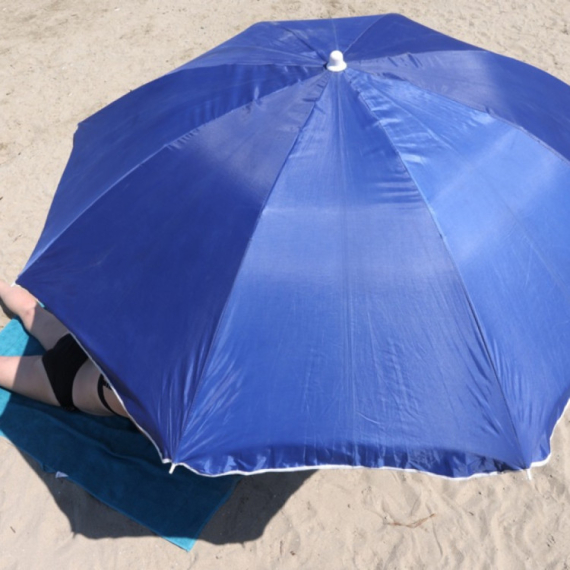
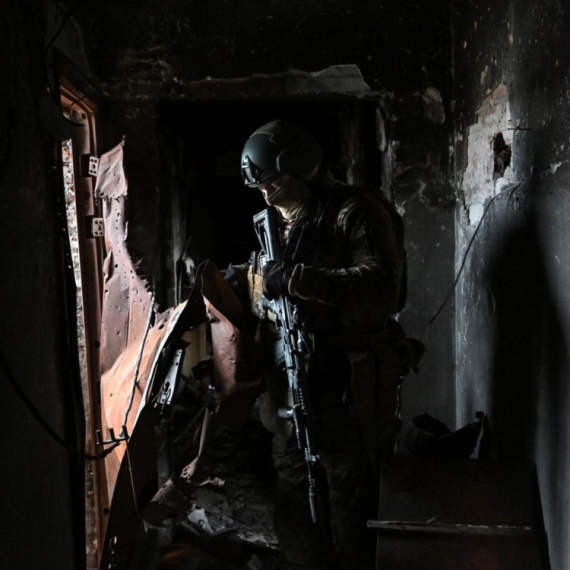
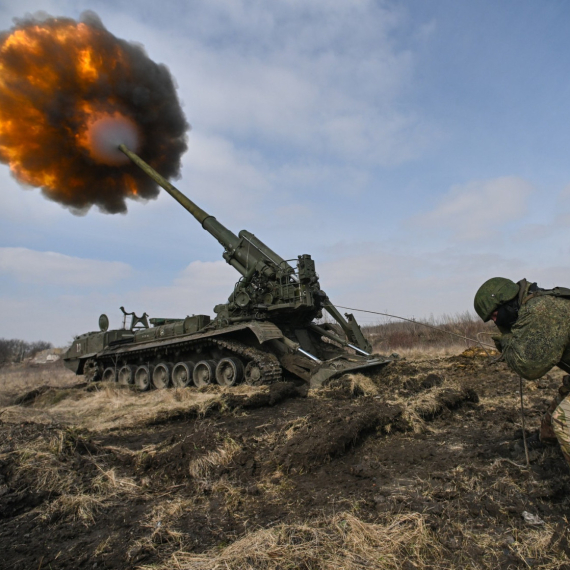
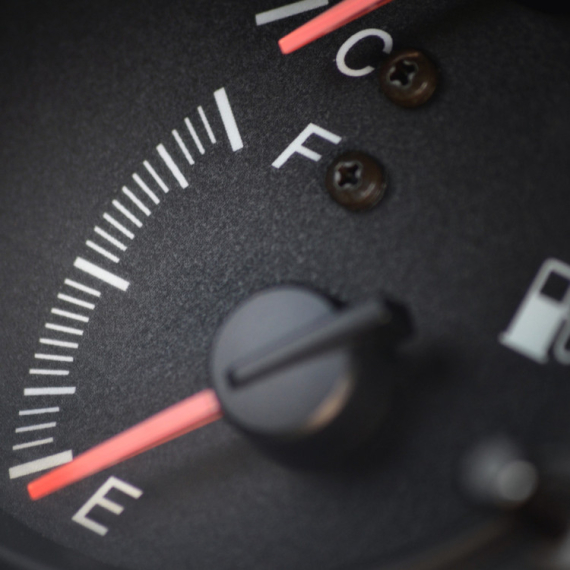






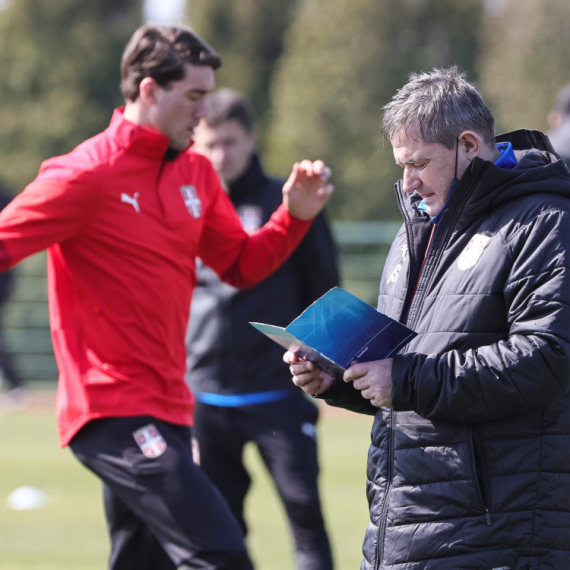
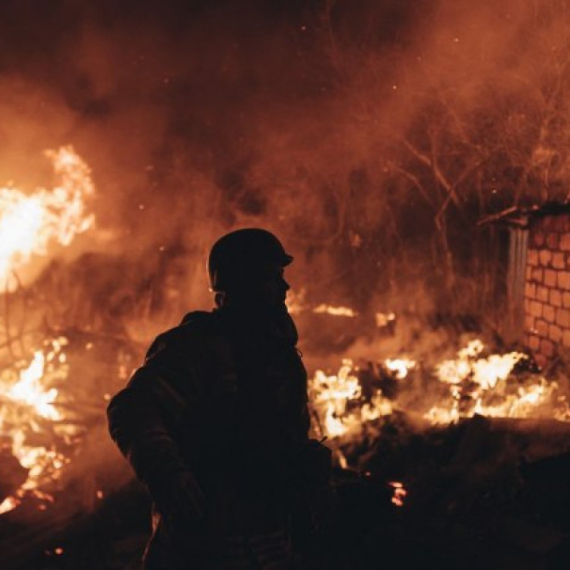
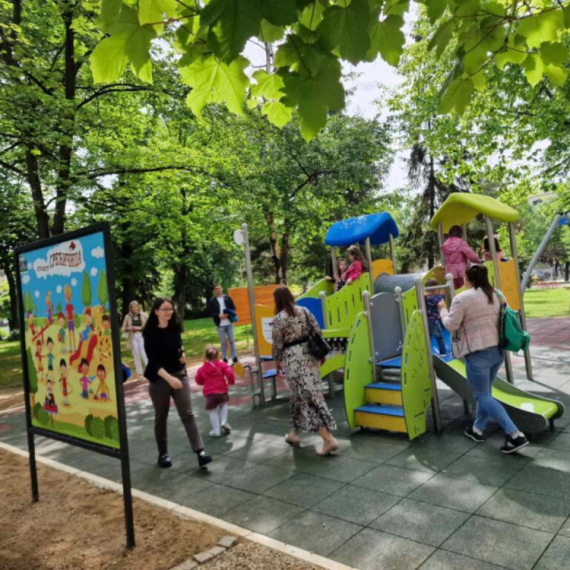
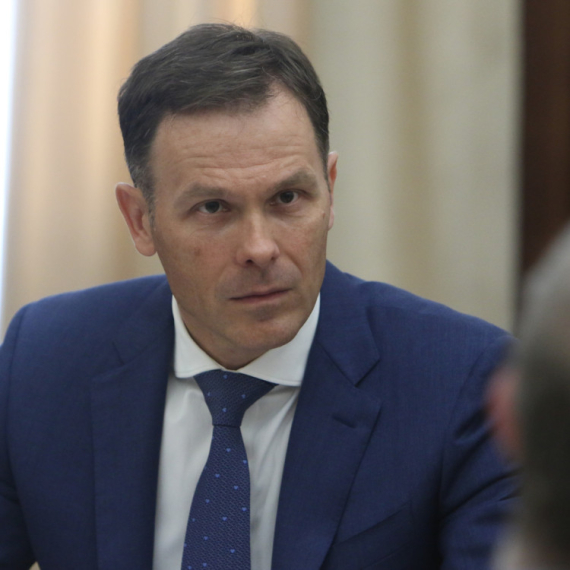
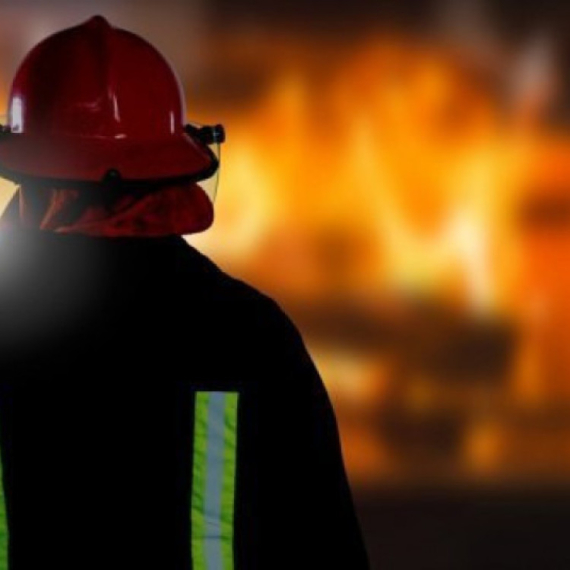
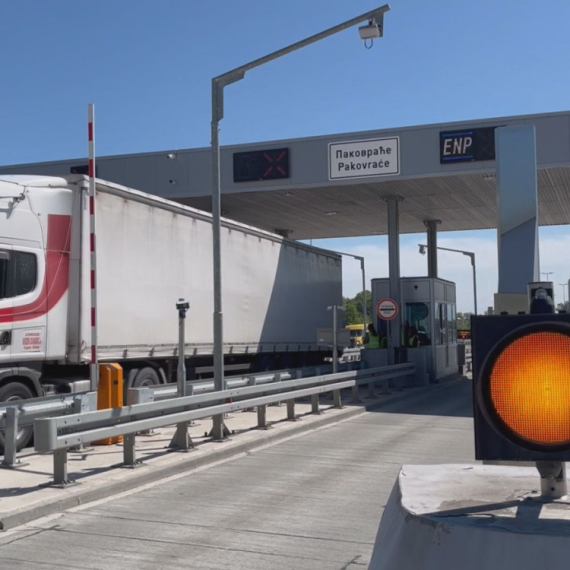

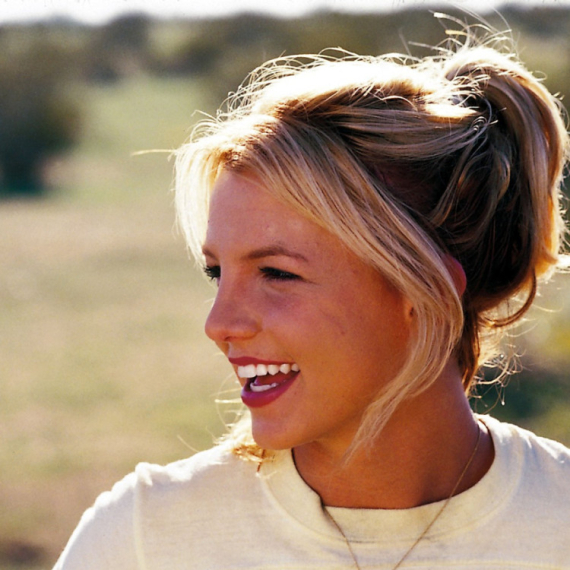

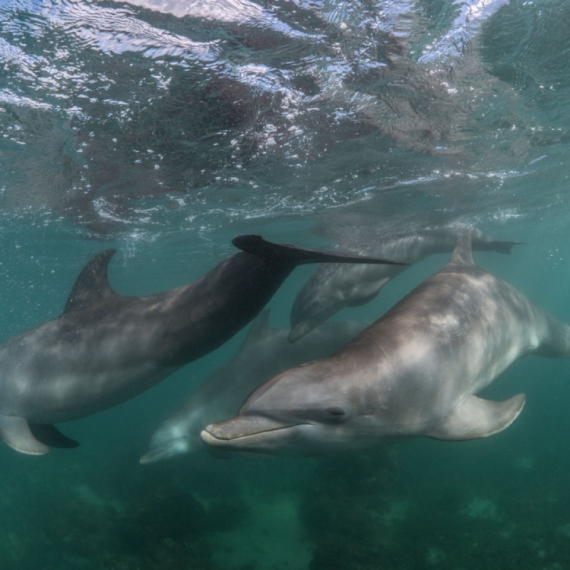







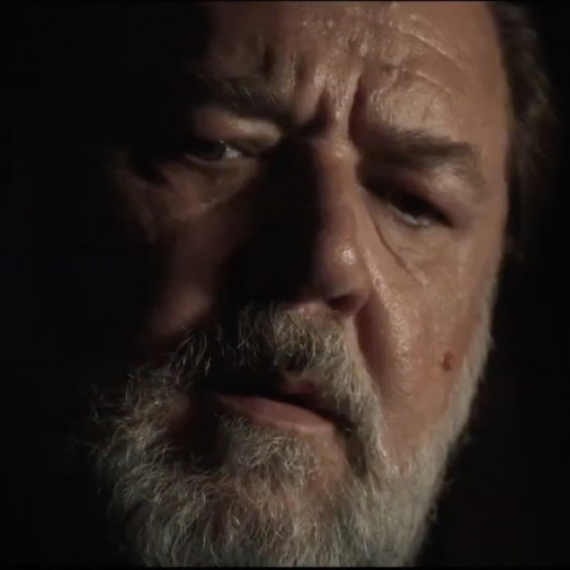

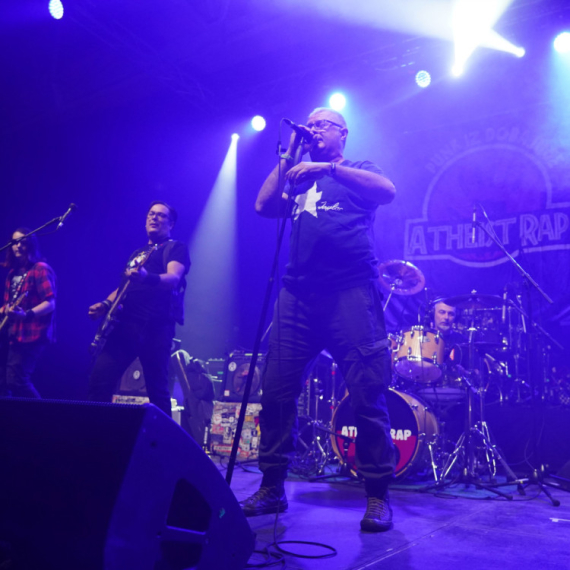
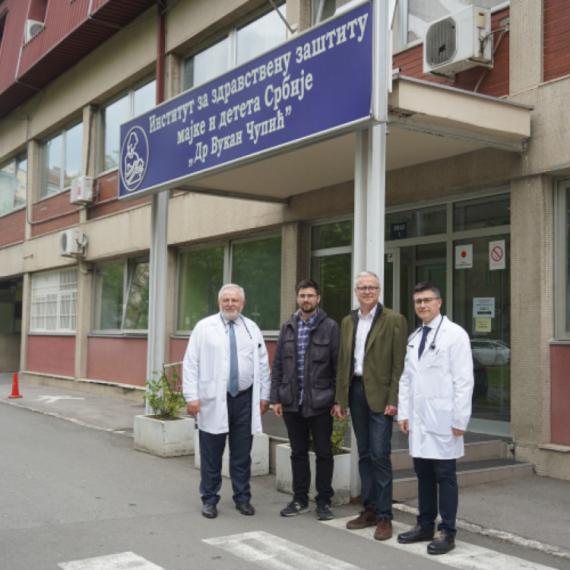
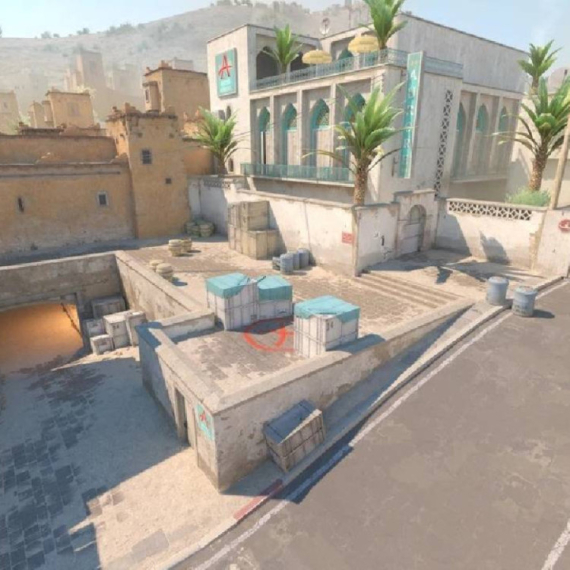






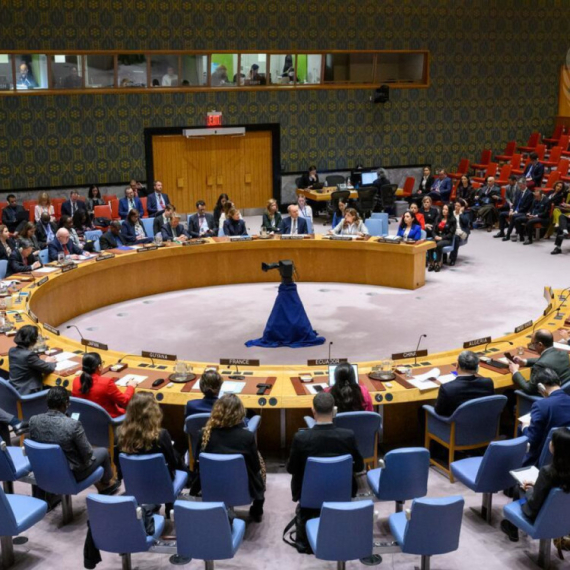
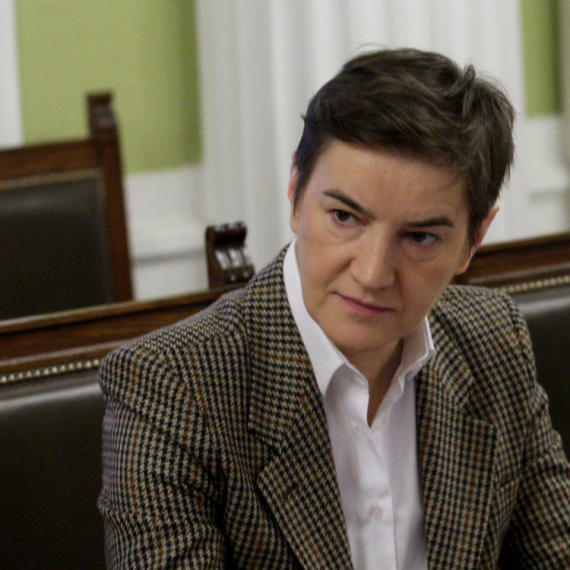
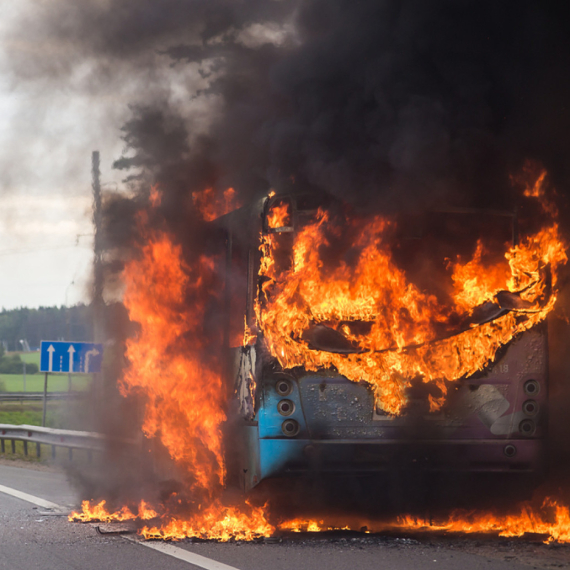





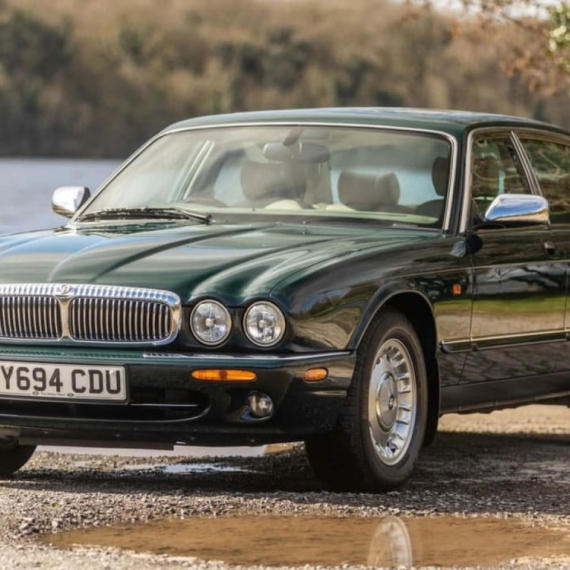
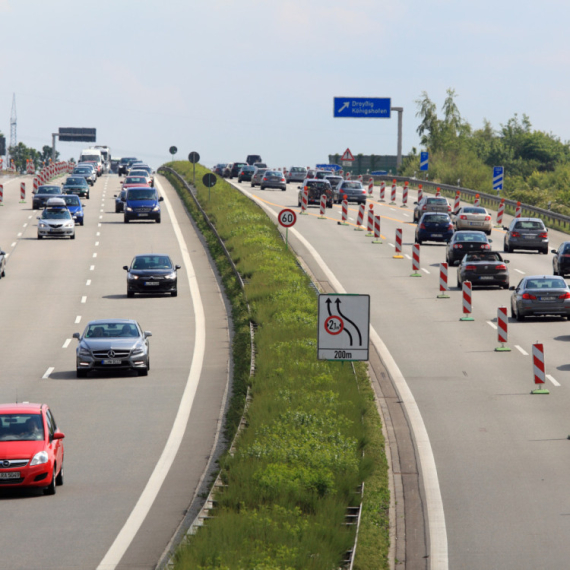


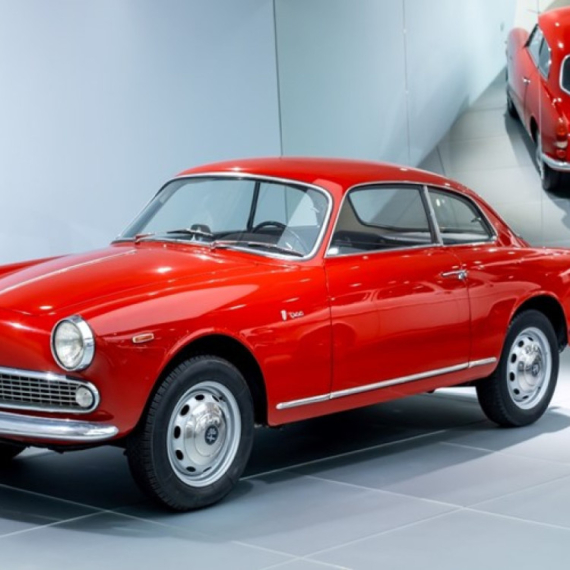
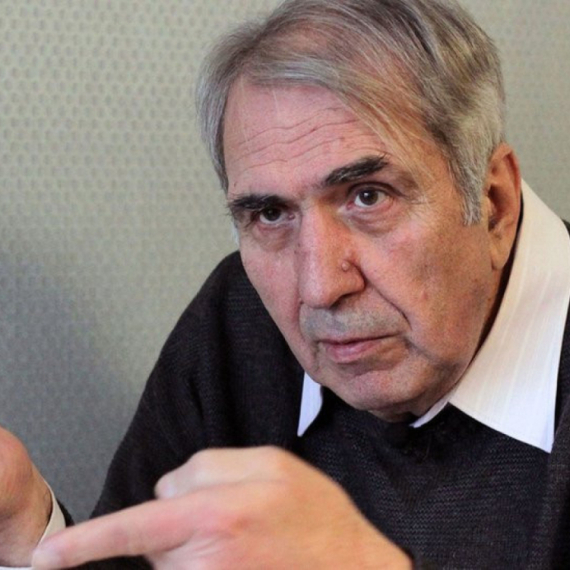
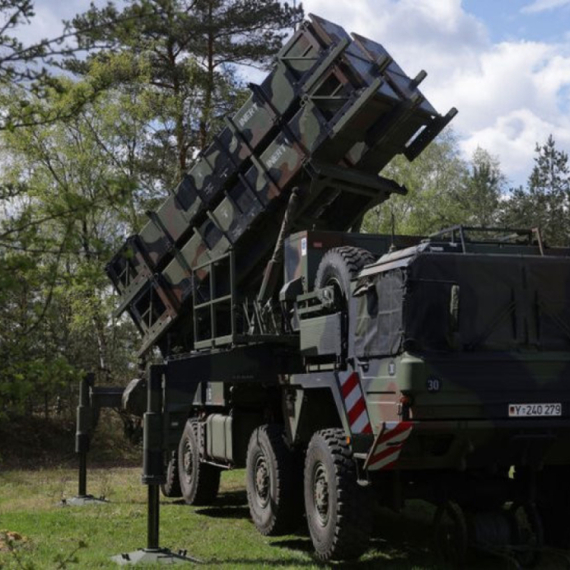
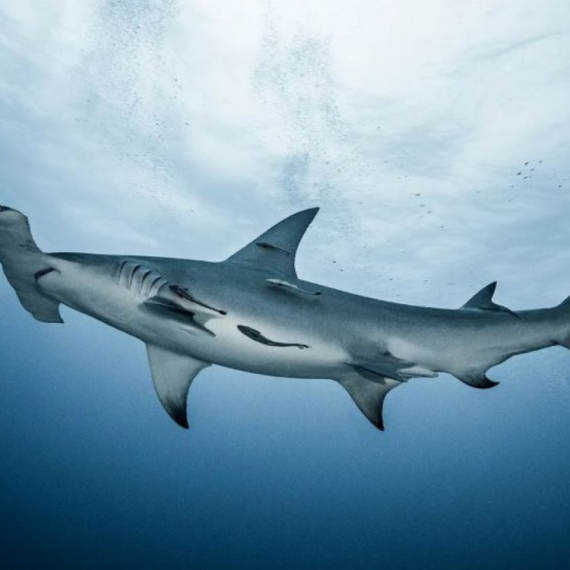
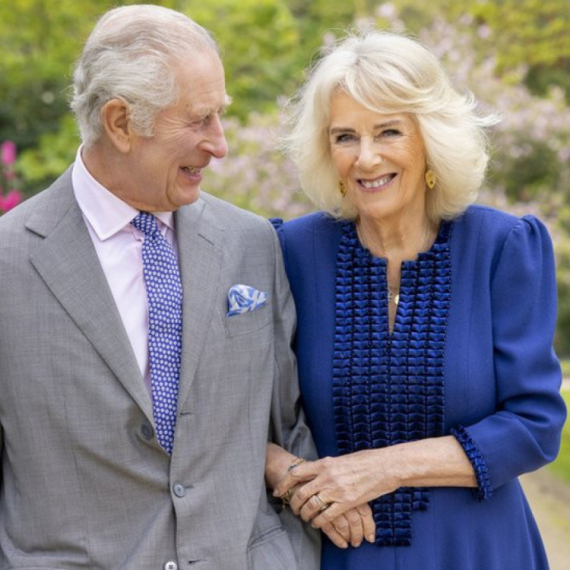


Komentari 0